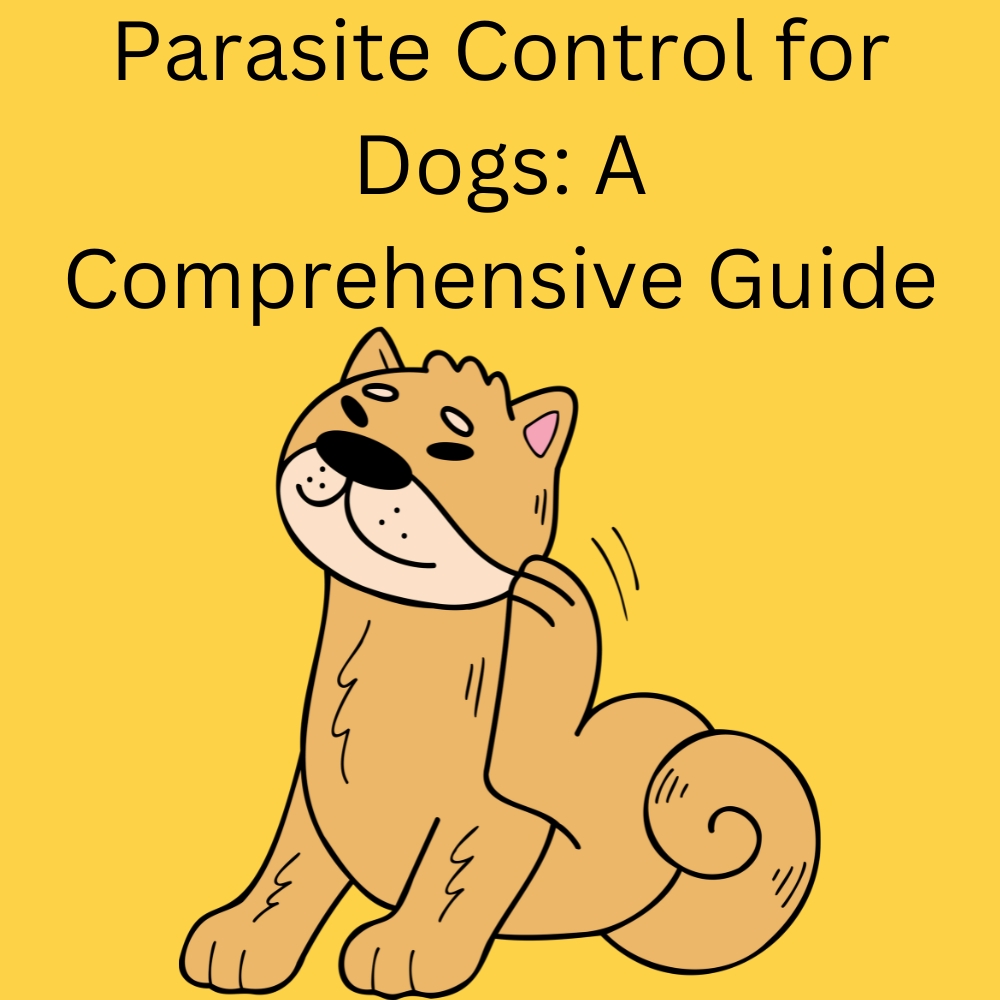How to Treat an Infected Wound on Your Dog: A Comprehensive Guide
Caring for your furry friend involves knowing how to handle a variety of health issues, including wounds. Dogs are adventurous and curious, making them susceptible to minor injuries. This guide will help you understand how to treat an infected wound on your dog, the signs of infection, and when it’s time to seek professional help.
What to Do if Your Dog Has a Wound
The first step is to keep your dog calm and still. If the wound is bleeding heavily, apply firm pressure to the area. For burns, rinse the area with cool water. Remember, a distressed or hurt dog may bite or scratch, so approach your pet with care. Once the bleeding has stopped or the burn has been cooled down, you can move on to treating the wound.
How to Treat Infected Wound on Dog
If the wound is already infected, it’s crucial to keep it clean and dry. Use a saline solution (1 teaspoon salt in 500ml cooled, boiled water) to clean the wound. Prevent your pet from licking, biting, or scratching the wound using a collar or a medical pet shirt. Topical treatments such as manuka honey or antibacterial wound creams can also be used.
Most Common Causes of Wounds in Dogs
Wounds can be caused by bites from other animals, torn nails from running or playing, cuts from sharp objects, or pressure wounds resulting from prolonged pressure on one area of the skin. It’s essential to identify the cause of the wound to prevent future injuries. For example, if your dog has a tendency to run through bushes and get cuts on their paws, it’s best to keep them away from areas with thorny plants.
When Should I Worry About My Dog’s Wound?
Some red flags to look out for include excessive bleeding, deep wounds (especially if bone is visible), eye damage, suspected snake bites, and infected wounds. In these cases, seek immediate veterinary attention. If the wound is infected and your dog shows signs of fever, lethargy, or loss of appetite, schedule a vet appointment as soon as possible. Minor wounds that are cleaned and treated early on usually heal within a few days.
Prevention of Wounds in Dogs
To prevent wounds in dogs, avoid applying bandages at home. If your dog is unwell and resting more than normal, move them into different positions periodically. Use soft bedding and keep their skin clean and dry. Maintaining a healthy diet also plays a crucial role in wound prevention. Giving your dog supplements such as fish oil can improve the skin’s barrier function and reduce the risk of developing wounds.
Diagnosis of Wounds in Dogs
Wound diagnosis can include swabbing of the wound for culture and sensitivity, skin biopsy, blood and urine tests, and advanced imaging like X-rays. Your vet may also conduct a thorough physical examination to determine the extent of the wound and any underlying conditions that may have contributed to it. Timely diagnosis is essential for proper treatment and healing of wounds.
How to Treat Your Dog’s Wounds at Home
Home treatment involves keeping the wound clean and dry with a saline solution, preventing self-trauma, restricting exercise until the wound has healed over, and using natural remedies like manuka honey or antibacterial creams. Monitor the wound for signs of infection and consult with your vet if you have any concerns.
What to Expect with Wound Healing
Wound healing involves inflammation and debridement (cleaning of the wound), repair of the tissue, and maturation of the tissue. The duration of healing depends on the type and severity of the wound, as well as your dog’s overall health. It’s essential to follow all prescribed treatments and keep a close eye on the wound during the healing process.
Vet Treatment for Wounds in Dogs
A vet may shave the surrounding hair, clean the affected area thoroughly, remove any foreign material, trim back a broken or cracked nail, apply bandages, and prescribe topical creams, gels, antibiotics, or pain relief.
Are Some Dogs at Greater Risk of Getting Wounds Than Others?
Young, active dogs are more likely to get cuts, grazes, and tears, while older, obese, and inactive pets are more prone to pressure wounds.
How to Heal a Dog Wound Fast at Home
The key to fast healing is maintaining cleanliness and preventing further injury. Using a saline solution for cleaning and applying natural antiseptics like manuka honey can expedite the healing process.
Natural Antiseptic for Dog Wounds
Manuka honey is a natural antiseptic that can be used for wound healing. It has antibacterial properties that can help treat infected wounds. Other natural options include aloe vera, coconut oil, and calendula cream. Always consult with your vet before using any natural remedies on your dog’s wounds.
How to Treat Infected Wound on Dog Paw
Treating a wound on a dog’s paw involves the same general guidelines as treating other wounds. However, you might need to pay extra attention to keeping the paw clean and dry. Be sure to check for any foreign objects or debris stuck in the paw, and seek vet treatment if the infection does not improve within a few days.
How to Treat Infected Wound on Dog Naturally
Natural remedies like herbal ointments with antibacterial properties can be used alongside the saline solution for cleaning. Always ensure that your dog cannot further injure the wound. If the infection persists or worsens, consult with your vet for appropriate medical treatment.
How to Treat Infected Wound on Dog Home Remedies
Home remedies, such as a saline solution for cleaning and natural remedies like manuka honey, can be effective for treating infected wounds. However, it’s essential to consult with your veterinarian before using any home remedies.
How to Treat Open Sore on Dog
Open sores should be kept clean and dry using a saline solution. Prevent your dog from causing further injury to the sore and use topical treatments like manuka honey or antibacterial creams. If the sore is severe or infected, seek veterinary attention.
Signs of Infection in a Wound on a Dog
Signs of infection include swelling, discharge, redness, bad smell, and blackened tissue. If you observe any of these signs, consult with a vet immediately.
In conclusion, while minor wounds can be managed at home, it’s essential to seek professional help if the wound is severe or showing signs of infection. Remember, prevention is always better than cure – keep your dog safe and healthy to minimize the risk of injuries and wounds.
FAQs
Q1: How can I treat an infected dog wound at home?
Ans1: You can treat an infected dog wound at home by keeping it clean and dry with a saline solution, preventing self-trauma, restricting exercise, and using natural remedies like manuka honey or antibacterial creams. However, if the infection persists or worsens, seek professional help from a veterinarian.
Q2: Can a dog infection heal on its own?
Ans2: It is possible for a dog infection to heal on its own, but it’s always best to seek veterinary care to ensure proper and timely treatment. In some cases, home remedies may not be enough to fully heal the infection.
Q3: Should I cover my dog’s infected wound?
Ans3: Covering a dog’s infected wound can help protect it from further injury or contamination. However, it is essential to regularly monitor the wound and change the covering to prevent infection or promote healing. Consult with your vet for specific recommendations on covering an infected wound.
Q4: How do vets treat an infected wound?
Ans4: Vets may shave the surrounding hair, clean the affected area thoroughly, remove any foreign material, trim back a broken or cracked nail, apply bandages, and prescribe topical creams, gels, antibiotics, or pain relief to treat an infected wound in a dog. In severe cases, they may also perform surgery or recommend additional treatments. Overall, it is crucial to follow all prescribed treatments and closely monitor the wound during the healing process. So, seek veterinary care if you have any concerns about your dog’s wounds.




